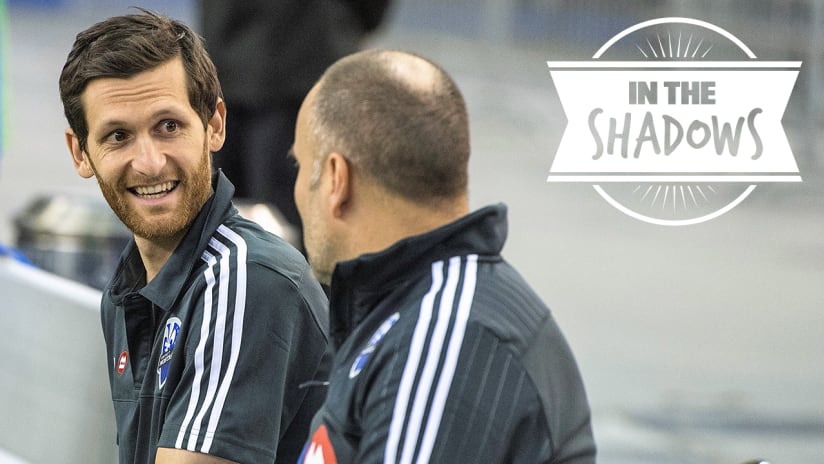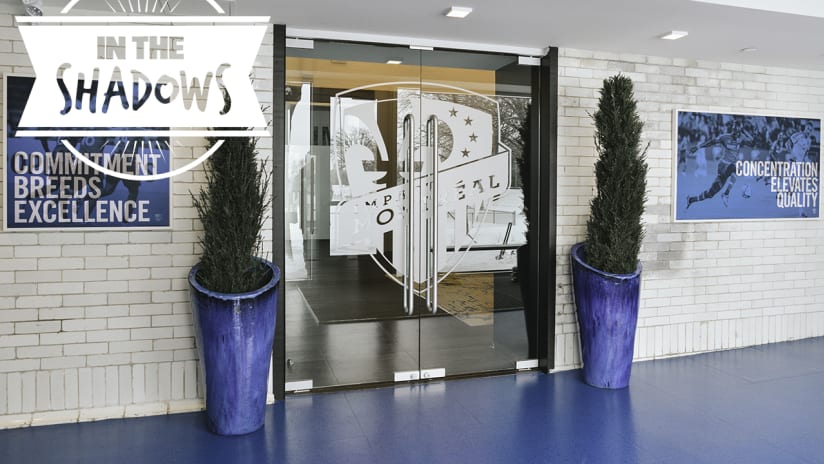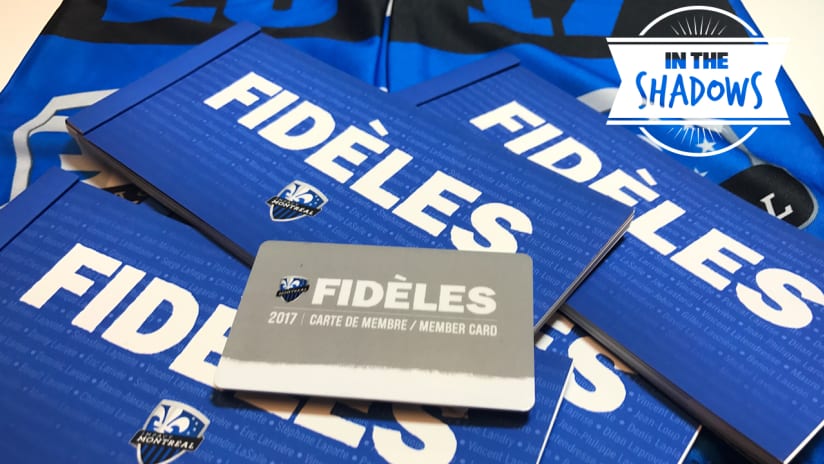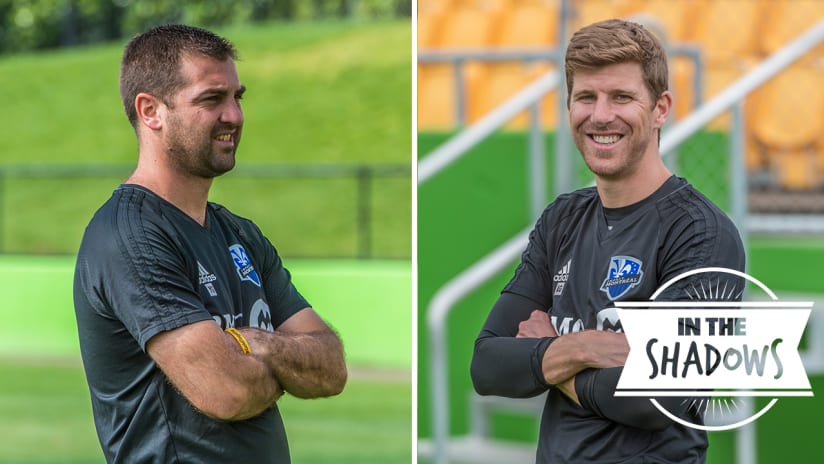Following the reorganization of the Academy’s recruitment department, Simon Gatti has been in his new position of Academy head scout since January.
His office at Centre Nutrilait is equipped with multiple boards: specific needs for some of the Academy teams; talents recommended by Academy coaches or by other club’s technical directors; players that Gatti wants to keep an eye on.
“I try to put in place a precise structure,” says the head scout. “I need to start by working well with the amateur clubs and establishing a good relationship with them.”
Supported in his tasks by Jean-Yves Grenouillat and by a number of volunteer scouts that work in specific regions, Gatti has already met some of the executive coaches to whom he has presented his working methods, the communication channels he would like to put in place with the regions, and his staff. The next step for him will be to meet with technical directors at various clubs.
The challenge of getting the best players
The biggest challenge starts once Gatti arrives at a club to watch players with interesting potential for the Academy. The Impact is the only professional club in the province, and it seems natural that the best young players would want to join in to reach their goal of playing at the professional level. However, some clubs also want to keep their best talents to win their respective championships, a perfectly normal reaction.
A big part of the work is to show that a player leaving his amateur club to join the Impact Academy will still proudly represent his local club. When the player progresses through the Academy ranks to perhaps one day play with the MLS team, the amateur club will also be glad to have contributed to the success of a young local player.
The desired profile
While the Impact Academy doesn’t want to choose players based on specific physical requirements at their detections, Gatti will still have to identify a general player profile that includes the desired abilities.
“We’re currently working on a profile depending on the position, the age group and what we look for,” said Gatti. “I can’t look for the same thing in a 14 or 18-year-old player. We will have different criteria and will look at what can be coached and what can’t be coached. With a more specific checklist, it will be easier to reduce the risk of making a mistake when we recruit.”
The important work done with the clubs and regions partnering with the Academy also helps when exchanging information. The Academy currently has partnerships with the Quebec Soccer Federation and Soccer New Brunswick, as well as CS Longueuil, CS Mont-Royal Outremont, AS Hull, ARSQ and ARS Lac Saint-Louis.
Even if the Academy doesn’t limit itself only to this, the ideal age to recruit is between 10 and 14 – when it’s easier to form players.
The Academy head scout also manages a large database of players from around the province that he wants to keep an eye on. He also plans to expand his scouting zone to remote regions of the province like Saguenay-Lac-Saint-Jean, Côte-Nord or Abitibi-Témiscamingue with a few visits every year, given that distances can complicate things when the Academy holds tryouts or when the scout wants to follow specific players.




